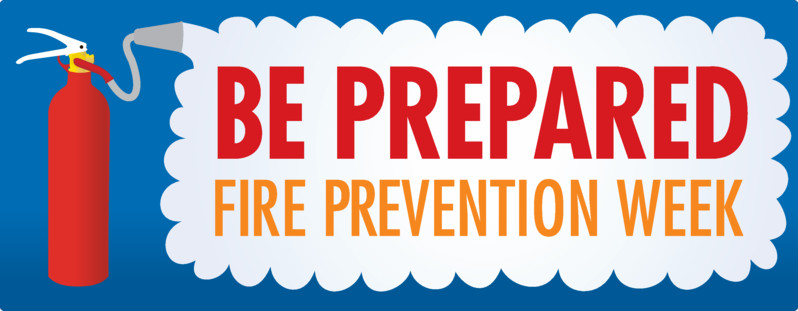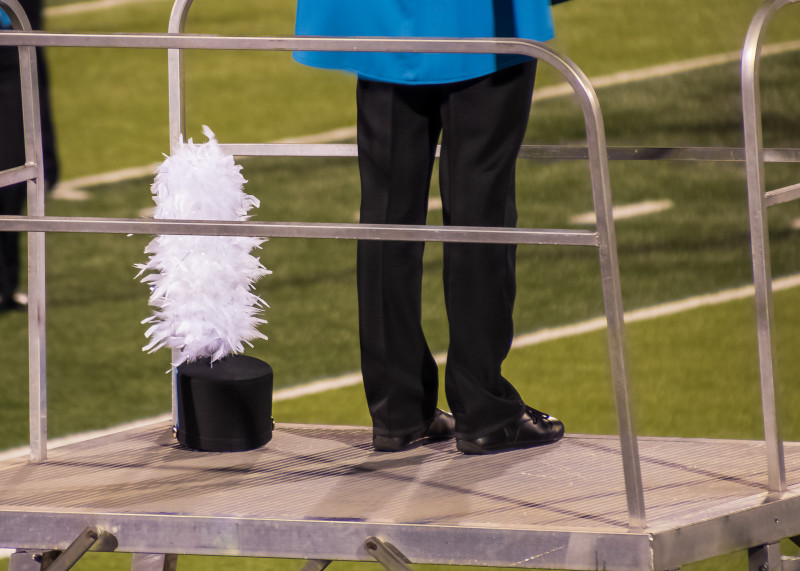Fire prevention and preparedness

How would you rate your school’s fire safety—and how prepared are your employees to take action in the event of an emergency? Oct. 6-12 is Fire Prevention Week, which means it’s a good time to take a look at what your school does to keep students and staff members safe, and whether you could do more.
Here, we examine three different areas where you might be able to make improvements: fire extinguisher training, electrical device safety, and employee risks.
Fire extinguisher training
Schools are required to have fire extinguishers positioned at strategic spots around the building. But a fire extinguisher is useless if no one knows how to use it when there’s an actual fire.
If school policy permits staff to use fire extinguishers, it’s important to conduct annual fire extinguisher training with your staff members. They should understand when a fire extinguisher is capable of putting out a fire (only in its incipient stage), and how they can use it to maximum effect.
The acronym P.A.S.S. can help your staff remember how to use a fire extinguisher:
P – Pull the pin.
A – Aim the nozzle at the base of the fire.
S – Squeeze the handle to discharge the contents of the extinguisher.
S – Sweep the nozzle from side to side until the fire is fully extinguished.
Here are some other important tips for keeping your extinguishers ready for an emergency:
- Extinguishers should be mounted in a location that is not obstructed and readily accessible during a fire.
- After discharging a fire extinguisher, do not return it to service until checked and charged by a fire protection contractor.
- Even if the extinguisher is not discharged, it should be serviced if the pin has been pulled and the safety seal broken.
Electrical fixtures and devices
To reduce the risk of a fire in your school, you should take the following precautions with electrical installations and devices:
- Plug electrical devices directly into wall outlets. The use of multi-outlet plug adapters and extension cords increases the risk of fire. Multi-plug adapters may cause additional heat during the charging cycle when multiple devices are in a confined area. Extension cords should only be used in temporary applications and unplugged at the end of the day. The last thing you want to do is cause a fire because you have overloaded an electrical circuit.
- Electrical system repairs. When you are replacing existing equipment with new equipment, employ the services of a licensed electrician to perform all electrical repairs/work. Only electrical components recommended by the manufacturer should be used in electrical repairs.
- Designate authorized personal appliances. You should prohibit the use of personal electrical appliances and equipment in classrooms, and only authorize the proper use within designated breakrooms. All appliances should be of commercial grade and not designated for personal use.
Employee risks
There are a variety of tasks employees or students may perform that could lead to a fire risk. Your job as an administrator is to make sure they are fully trained and aware of the hazards before performing these tasks:
- Use of welding/cutting/grinding equipment – They should pay careful attention to make sure the surrounding area is free of combustibles or fuel sources. Appropriate personal protective equipment (PPE) and apparel should be worn when conducting hot work activities.
- Storing chemicals – When certain chemicals are mixed, they can ignite. Employees should consult the chemicals’ Safety Data Sheets before handling or storing them.
- Using kilns – Anyone operating a kiln should remove all combustible materials nearby. The kiln should not be fired when the building is unoccupied.
- Handling oily rags – Oily rags should be disposed of in a metal waste can free of other combustibles. The oily waste contents should be emptied each night.
Click for more ways to protect your students, staff and buildings.




